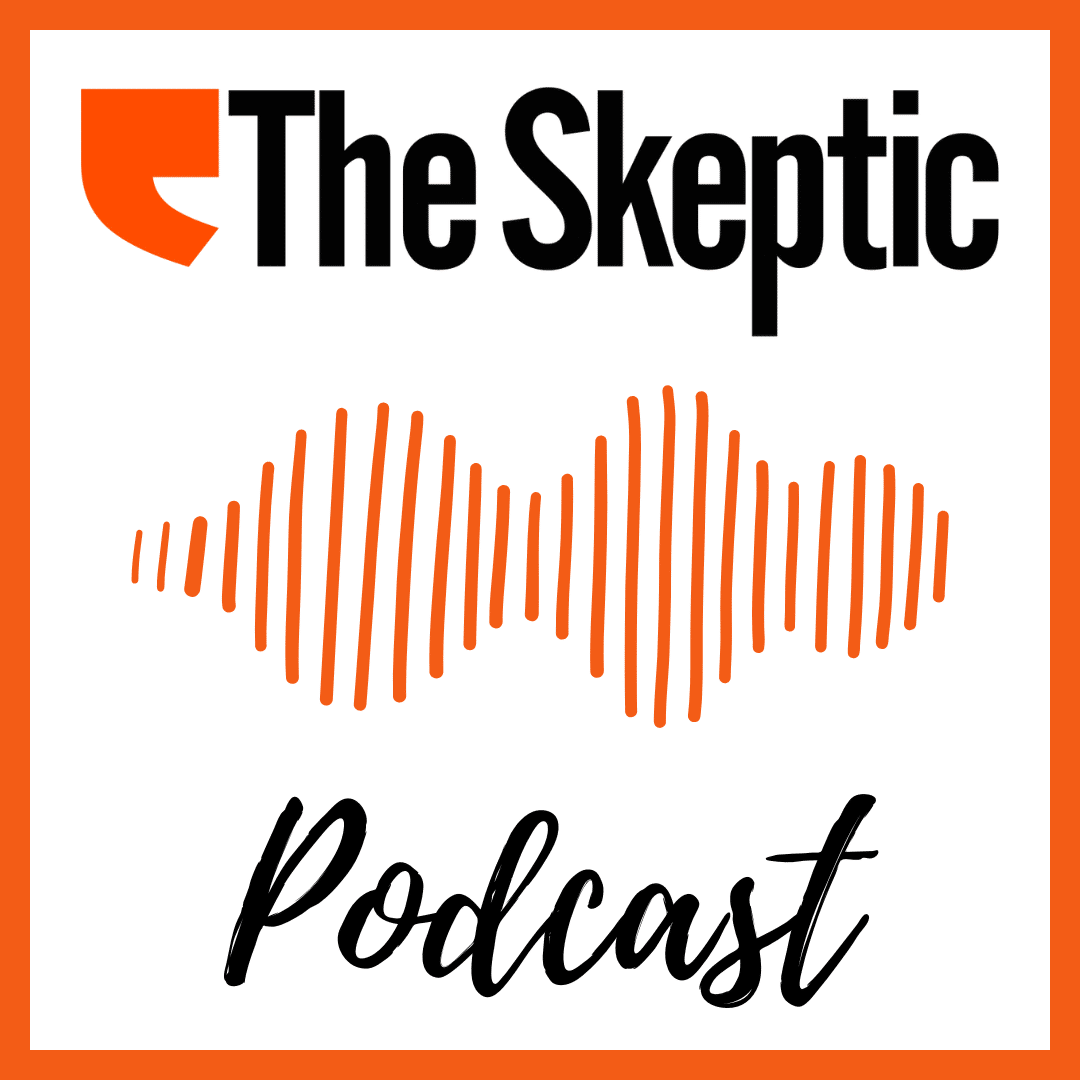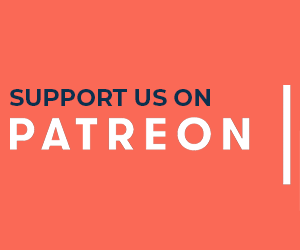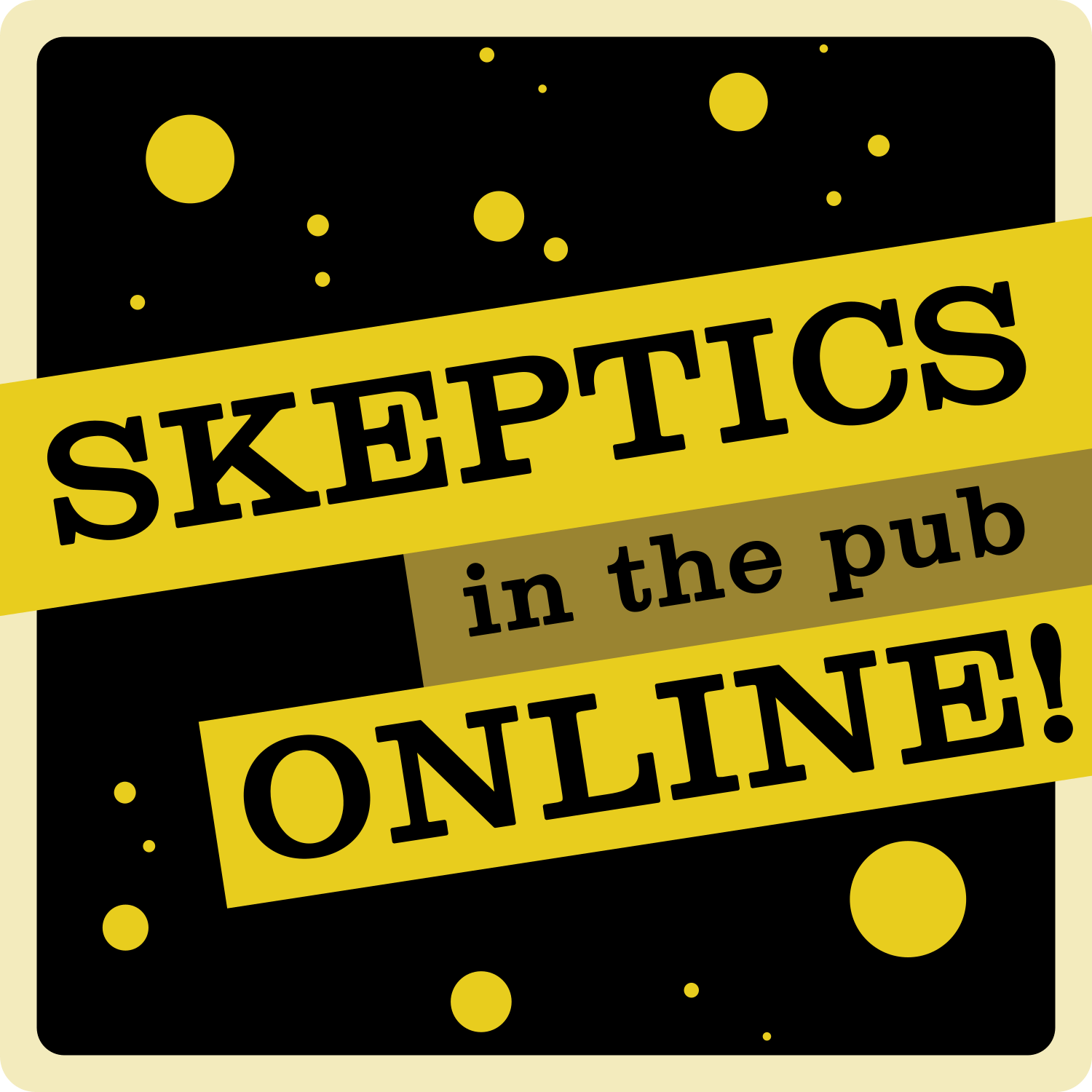This article originally appeared in The Skeptic, Volume 5, Issue 6, from 1991.
Acupuncture in Belgium
In Belgium the examination, diagnosis or treatment of patients on a regular basis by anyone who is not a registered doctor or dentist is illegal. This does not prevent many laymen from nonetheless practising alternative medicine illegally, as an alternative practitioner will, in general, not be prosecuted unless a specific complaint is made against him or her.
In autumn 1990, two organisations of acupuncturists (including qualified doctors as well as lay practitioners) petitioned the Minister of Health and handed over an extensive file. The case that they presented was essentially that:
- acupuncture responds to the needs of the people.
- acupuncture by doctors and laymen should be practised only by practitioners trained or recognised by the acupuncturists themselves.
- acupuncture should not be the domain of doctors only (the majority of acupuncturists are laymen).
- discussion of the scientific basis of the methods is not relevant since their success is ample proof.
They proposed a programme for training as laid out by the North-West Institute of Acupuncture and Oriental Medicine – a programme that they claimed was recognised by the state of Washington in the USA.
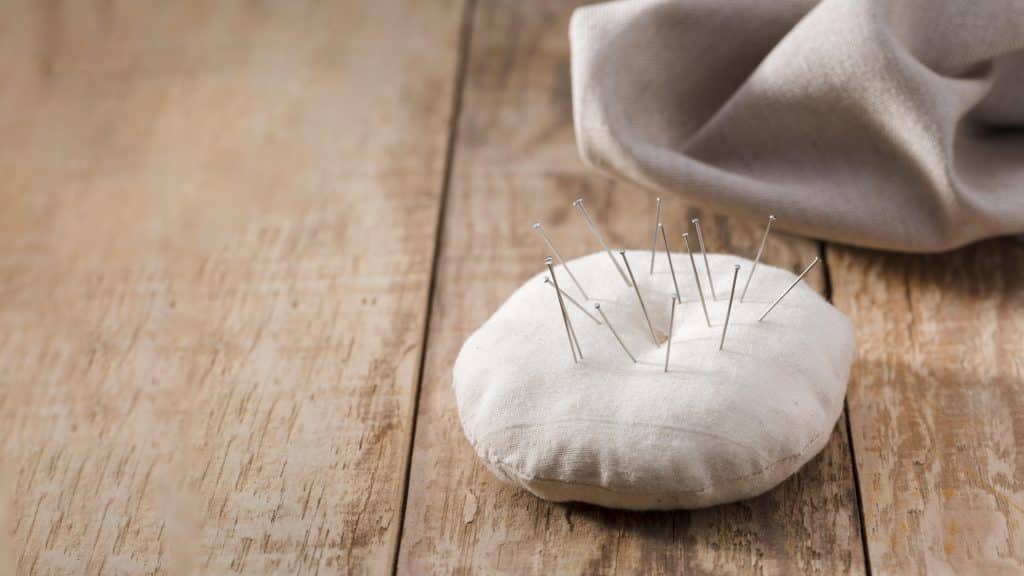
The minister called a meeting of the deans of all the medical faculties in Belgium during which he asked them to organise the academic training of acupuncturists and rendered the idea more tempting with a promise that considerable financial support would be provided. Following the meeting, a mixed committee was appointed to look into the matter, and at the end of their study the universities refused to organise postgraduate training in acupuncture. One of the members of the committee put a question to the ministry that they had some considerable difficulty in answering: “On what grounds was acupuncture favoured whereas other alternative therapies that are at least as scientific and popular were not considered?”
In the name of all exorcists and faith healers, I protested against such favouritism. Nothing has since been heard of this initiative.
Homoeopathy and the European Community – The Chanterle Proposal
In 1965 and 1975 the EEC laid down very strict rules for the registration of medicines in the countries of the EEC (Directives 65/65/EEC and 75/319/EEC, and also 89/341/EEC). Very extensive and conclusive proof has to be given of the effectiveness of a medicine under very precise conditions and any undesirable side effects have to be highlighted. These measures created more than a mild panic amongst manufacturers who have been producing old-fashioned patent medicines for many years, but do not have the means to carry out the research which would be necessary to register their products under the proposed regulations.
Other protesters were the homoeopathy practitioners who, for very obvious reasons, would face big problems meeting the demands of proven efficiency. They have lobbied for these directives to be adapted to the special properties of homoeopathic medicines and holistic treatments so to dispense them from the burden of scientific proof. Their main argument was that the different regulations applied by the various countries were an obstruction to free trade.
They were successful, in that a review of the directives was ordered by the Council, and the matter was delegated to the Committee for the Environment, Health and Consumer Protection as principal advisory organ. In addition the committees for Economic, Monetary and Industrial Affairs and for Agriculture, Fishery and Development of the Country were appointed co-advisors. The Belgian Euro-MP Mr Chanterie was appointed as reporter.
On 23 March 1990, a document was prepared for review by the advisory committees who also added some amendments to the proposal. The whole document (proposal and the amendments) was presented to the European parliament and was approved almost unanimously (only one vote against) on 13 June 1991.
It is interesting to take a look at some remarkable excerpts from this document (Note that since I could obtain only the texts in Dutch and partly in German, my English translation may not correspond literally to the official English version).
The Introduction
Considering that.. homoeopathic medicine is officially recognised in some member states and only tolerated in some other states… it nevertheless is widely prescribed and used in all member states even if not always officially recognised it is desirable, taking into consideration the special properties of those homoeopathic medicines such as the very low concentration of active substance and the fact that conventional statistical methods for clinical trial are scarcely applicable, that a simplified method of registration should be adopted, for those homoeopathic medicines that are commercialised without mention of therapeutic indications and in a non-dangerous presentation.
Freedom of choice of therapy has to be guaranteed. Allopathy, holistic medicine, and homoeopathy are to be considered as different and often complementary approaches each of which has its merits. Given that, in some member states, holistic medicine plays such an important role in alternative medicine, the interests of patients who choose it have to be guaranteed. Even for homoeopathic medicines that mention a therapeutic indication, the registration has to be granted taking into consideration the special properties of homoeopathic medicines. Holistic medicines registered in an official pharmacopoeia are to be treated on the same basis as homoeopathic medicines.
The Articles of the Proposal
Art 1. Homoeopathic medicines .. . are made from substances that are called homoeopathic primary substances (grondstoffen). Homoeopathic medicines contain homoeopathic substances in a dilution of at least 1/10.
Art 2. On the label should be clearly written: “Homoeopathic Medicine”.
Art 3. The proof of therapeutic action (i.e. efficiency) as required by art. 28 section 1.b. of directive 75/319/EEC is not required of those homoeopathic medicines.
Art 6. A member state has the right to refuse the registration of homoeopathic medicines in its territory… but nevertheless will be compelled to permit the use of homoeopathic medicines registered in other member states…
Art 7/1 . The homoeopathic medicine has to be commercialised in such a dilution that it is absolutely not dangerous per dose.
Art. 7/2 The homoeopathic medicine has to contain the warning: if the symptoms persist, seek the advice of a competent homoeopath”.
Art 9. The following items must be formulated within 5 years:
– A European pharmacopoeia
– Directives for the legal practice of alternative medicine
– Measures for the payment by the social security of homoeopathic treatment and medicines
– The organisation of official training and education.
Art 10. The member states have to comply with this directive not later than 31/12/92.
This text was approved by the European parliament on 13/6/91, and then presented to the Council for further approval. The explanations (toelichting) and justifications for this proposal also contained some very interesting claims:
- A survey made in 1987 for the EC in 9 countries by a Mr Sermeus of the Belgian Consumer Association, showed that between 7 and 25% of the population seek the advice of an alternative therapist at least once a year. In another document they mention 18-75%. In decreasing order of popularity, the survey showed homoeopathy, acupuncture, manual therapies (i.e osteopathy and chiropractic), herbal medicine, massage and paranormal healing and holistic medicine.
- People with higher educational qualifications make between 35 and 60 times greater use of those methods than the general population.
- One of the causes for the controversy between ‘allopathic’ and homoeopathic medicine is precisely the fact that classical medicine is not willing to accept the proofs offered by the homoeopathic doctors. Scientific articles about homoeopathic medicine are only very rarely accepted by orthodox publications. There exist very extensive lists of publications that prove the efficiency of homoeopathic medicine as well as holistic medicine.
- It is in complete contradiction with the philosophy behind those methods to conduct the types of test used for ‘allopathic’ medicine. Instead, test methods that are current in homoeopathic schools should be used.
- The fact that conventional medicine cannot understand the working of homoeopathic medicine and holistic medicine does not mean that they don’t work. Tens of thousands of homoeopaths and holistic practitioners and millions of patients are more than sufficient proof of their efficiency.
- The right to practice homoeopathic and holistic medicine should be regulated to prevent non-experts from gaining part of the market.
- Homoeopathic and holistic medicines should be given opportunities equal to those of allopathic medicine and, in order to guarantee the freedom of choice of therapy for the patient, the health insurance systems should not be allowed to differentiate between holistic and homoeopathic medicine and conventional medicine.
In August 1991 the European Committee made some changes to the proposal. Some articles and amendments were rejected, including all mention of practising medicine, medical education, and reimbursement of medication. These were rejected because they clearly surpassed the limits of the mandate, which was the free traffic of medicines. Also rejected were those sections that took too openly the side of certain traditions in medicine. The Committee’s aim was to keep a neutral position in the controversy between conventional and alternative medicine.
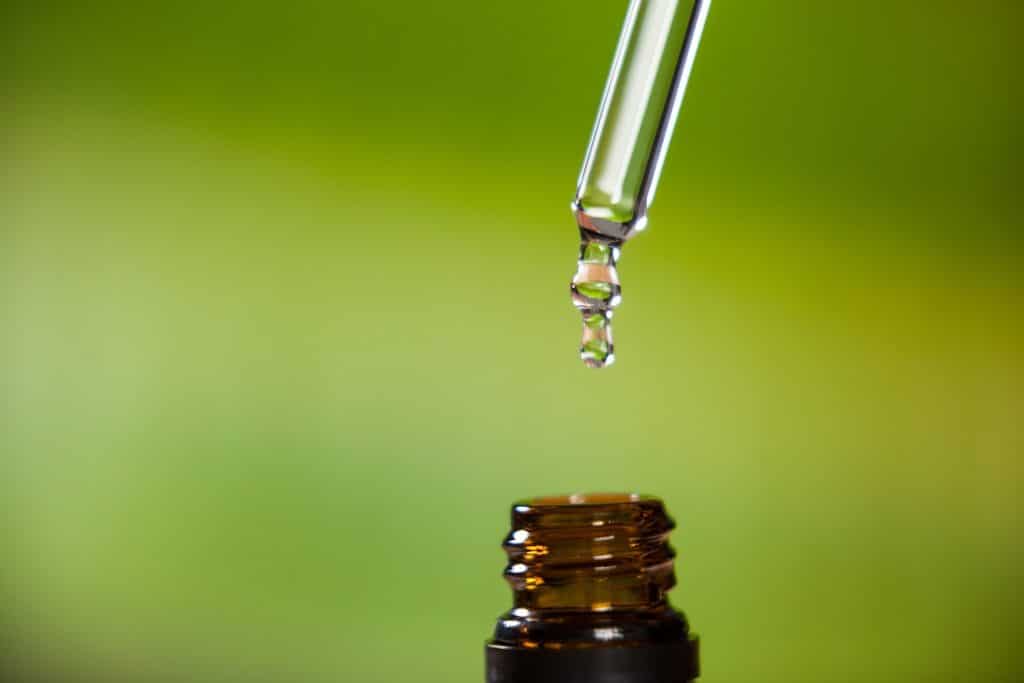
In addition, to avoid the over-extension of the ‘simplified registration’ scheme, all medications which require injection into the patient are barred from the special procedure, as were any products that might be dangerous for the patient. The aim was for the simplified registration to remain the exception rather than the rule.
Nonetheless, despite the edits and rejections, a number of concerning items remained:
- Taking into consideration the special properties of those homoeopathic medicines such as the very low concentration of active substance and the fact that conventional statistical methods for clinical trial are scarcely applicable, a simplified method of registration should be adopted for those homoeopathic medicines that are commercialised without mention of therapeutic indication and in non-dangerous presentations and concentrations.
- Homoeopathic medicines must be made from basic homoeopathic substances (grondstoffen)
- The application file must clearly describe the nature and production of the basic homoeopathic substance, and the homoeopathic character has to be demonstrated by a substantial homoeopathic or holistic bibliography.
- Medications that cannot use the simplified registration procedure of art. They must prove that their effectiveness conforms to the basic principles of homoeopathic medicine and holistic medicine.
The Belgian Consumers Association
In October 1990 the Belgian consumers’ organisation published an article about health products and devices that were clearly quackery, in which they protested about them and warned against them. The article also covered the extent of their use, and the satisfaction of the customers using them. In Belgium these products represent a market of 10 billion Belgian francs (£150 million), from a population of 10 million.
In September 1991 the same organisation published the results of a survey of the use of alternative medicine (homoeopathy, acupuncture, chiropractic and osteopathy), and concluded that the population makes extensive use of these therapies and that the level of satisfaction is high. The consumer association concluded that a refusal to recognise these alternative treatments was hypocritical and, given the degree of satisfaction experienced by consumers, that there was no valid reason to keep on treating alternative therapies so badly. They further concluded that official recognition should be mandatory and that the treatments should be financed by the national health insurance.
They did not seem to be aware of the contradictions between the conclusions of the two surveys.
Conclusions
This article has detailed a number of examples of actions intended to give legal status to unscientific therapies and these are linked by a number of common factors. For instance, all of the actions were made under the guise of protecting consumers who demand such therapies, and who should have a right to good quality alternative medicine. In addition, the furnishing of reasonable proof of effectiveness is not deemed necessary, since popular success of a given treatment was regarded as proof enough. An important point is that some particular methods are chosen for recognition on the basis that – by ill-defined criteria – they are, in some way, more scientific.
In my experience the promoters of alternative medicine, in most of its forms, are very honest people and their motives are sincere, and in some cases highly idealistic. They want to help the underdog in a just fight against the Moloch of academic, conventional medicine. Protests on behalf of science are dismissed as being of limited vision, representing corporate interests or the desire to maintain a monopoly or even as mindless fanaticism.
The best way to counter these demands seems to be to go along with their reasoning. Ask the supporters of alternative and complementary medicine on what basis their criteria for good quality are founded. If they say that the success of their techniques is proof enough, point out that there are hundreds of other alternative therapies that have very enthusiastic fans. Amongst these are earth ray shielding, Japanese exorcism (Mahi-Kari – a personal favourite) and many, many others. In the name of free trade and free choice of therapy ask them on what grounds the more esoteric alternative therapies are excluded. Defend the underdog – it should be all or nothing.
If any serious progress is made on the path to recognition of some therapies with the exclusion of others, we must officially and vehemently protest the violation of our right to free choice of treatment. I myself intend to demand that gemmotherapy and oenotherapy – treatment by precious stones and by good wine – be made available to me, with all expenses paid by my national health insurance. I am ready to present a file of scientific literature on the subject (the bookstores are full of them), and a users club is in the making.
In the name of free trade and free choice I demand that there is no discrimination between different types of alternative treatment! I exhort all skeptic organisations of the EC, and all interested skeptical individuals to write urgently to their Ministers of Health, their MPs and their Euro-MPs insisting on fair play and equal treatment for all alternative therapies.

